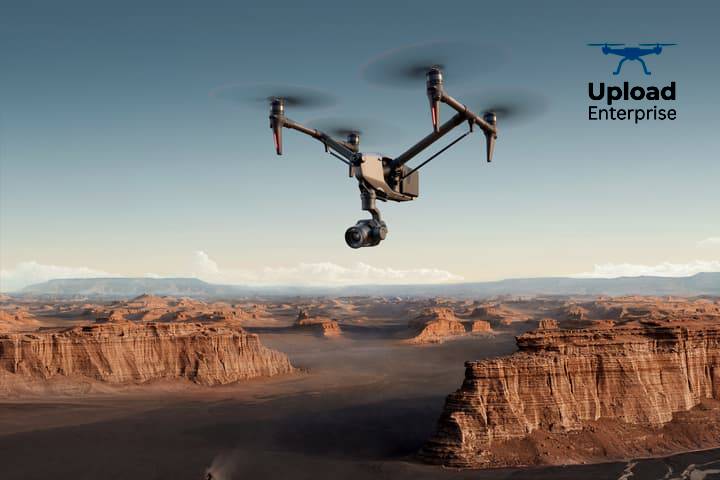Drone photography can be transformed in the way that captures images and videos to be an aerial perspective. The highest provider of drone photography and videography services in Sydney, Upload Enterprise can understand the importance of this new technology. In this complete guide, we can provide everything you need to know about drone photography professions, from the basics to advanced levels of techniques that will elevate your aerial imagery.
Understanding Drone Technology
What is a Drone?
They are also known as Unmanned Aerial Vehicles (UAVs). It can remote-controlled flying devices fitted with high-quality cameras. It is increasingly popular for both recreational and use professional which can offer a unique way dimension to photography and videography.
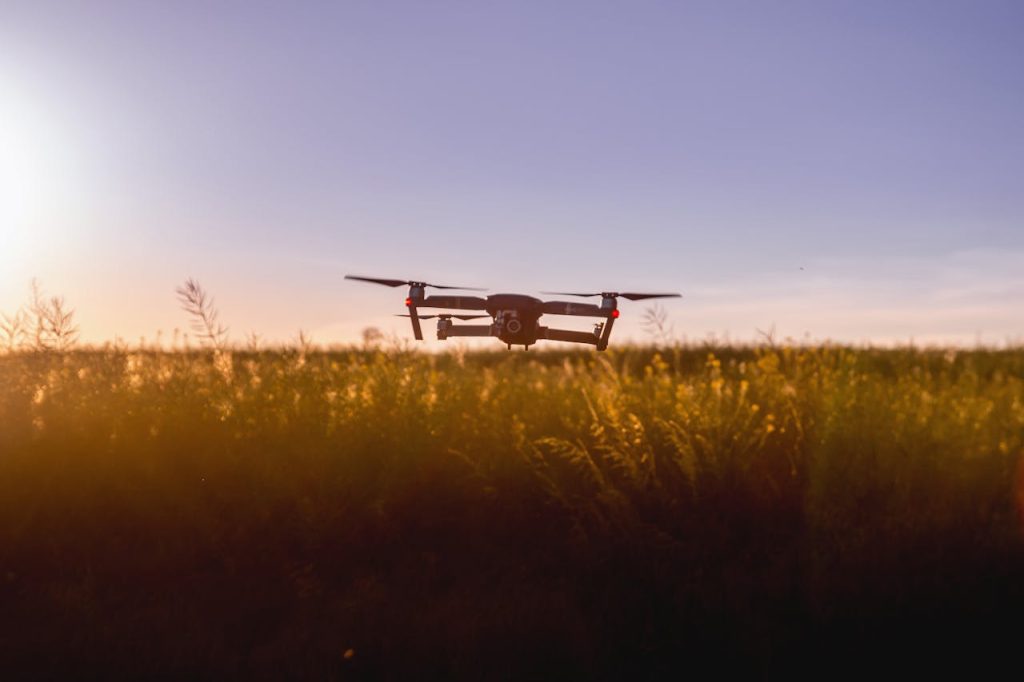
Key Components of a Drone
- Frame and propellers
- Motors
- Flight controller
- GPS module
- Camera and gimbal
- Battery
- Remote controller
Types of Drones for Photography
- Quadcopters
- Hexacopters
- Octocopters
- Fixed-wing drones
Getting Started with Drone Photography
Choosing the Right Drone
When you select a drone for photography and videography. You must check these factors such as:
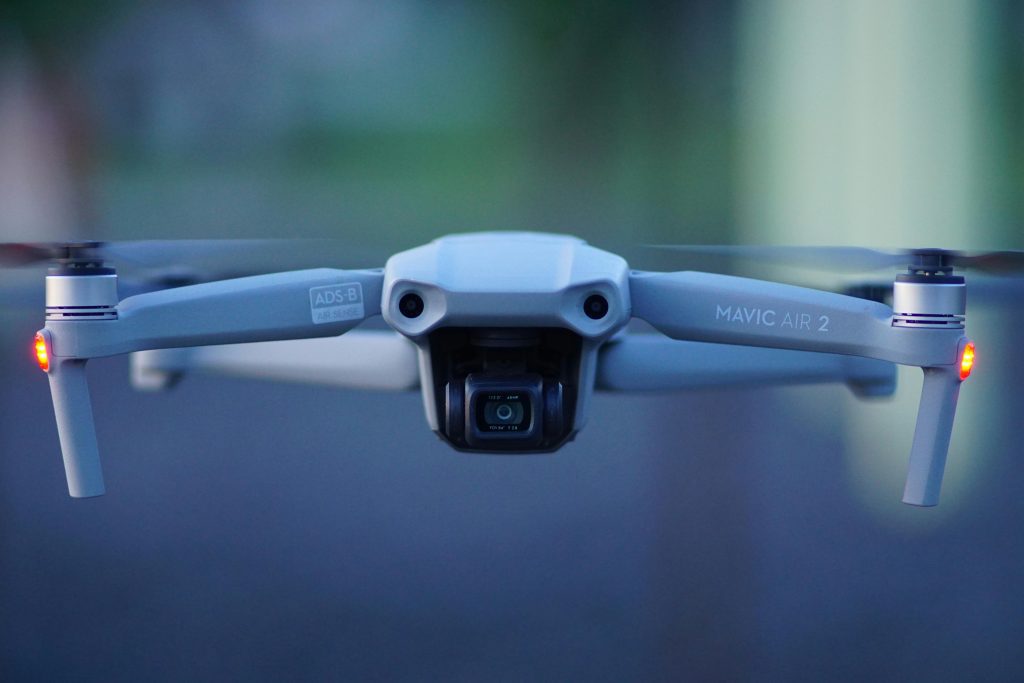
- Camera quality
- Flight time
- Range
- Stability
- Portability
- Budget
The best models for beginners and professionals include the DJI Mavic series, Phantom series, and Autel EVO series.
Understanding Drone Camera Settings
The drone’s camera settings are important for capturing high-quality images. Key settings include:
- ISO: we should keep it low (ideally 100) to minimize the noise in your images.
- Shutter speed: Change based on lighting conditions and selected effect.
- Aperture: If your drone supports an adjustable gap. You must use it to control the depth of field.
- White balance: you have to set properly for the lighting requirements.
- Image format: the maximum flexibility in post-processing which has to be in RAW.
Essential Accessories
To enhance your drone photography experience, consider investing in:
- ND filters
- Spare batteries
- Propeller guards
- Landing pad
- Carrying case
Mastering Drone Photography Techniques
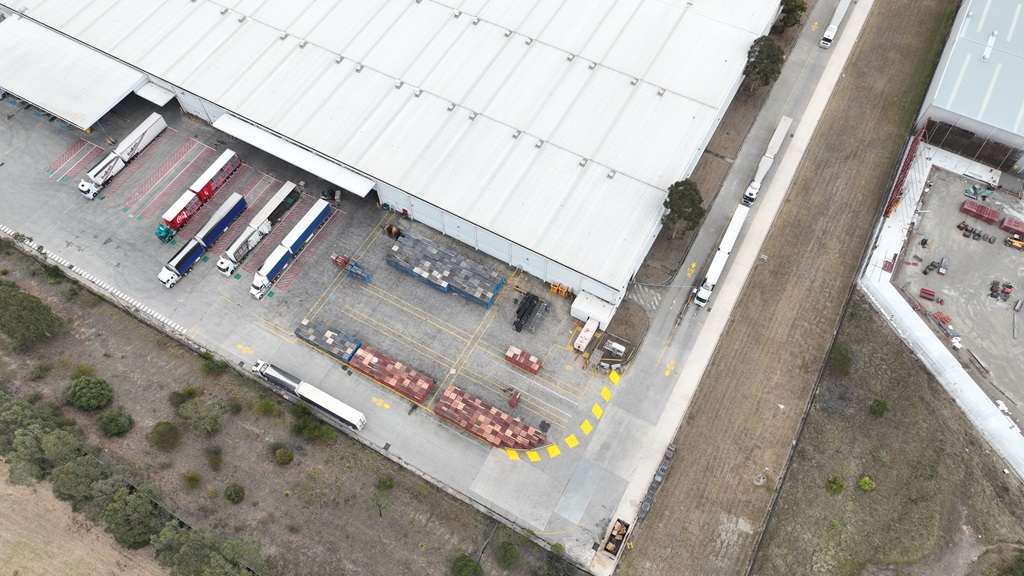
Composition Techniques
- Rule of Thirds: Use the table cover on your drone’s app to capture balanced images.
- Leading Lines: Including natural or man-made lines to guide the viewer’s eye through the image.
- Symmetry and Patterns: Look for repeatable elements or balanced compositions from above.
- Negative Space: Use empty areas to create unique simple compositions.
Lighting Considerations
- Golden Hour: you have to shoot during the first and last hour of daylight for warm, soft lighting.
- Blue Hour: Capturing the stunning cityscapes during the sunset period.
- Midday Sun: Also use intense light to create strong shadows and contrasts in top-down shots.
- Overcast Days: Take the benefit of diffused light for even direction in geography photography.
Altitude and Perspective
- Low Altitude: Capture close details and provide unique perspectives of subjects.
- High Altitude: Shown extended landscapes and urban areas.
- Top-Down View: Create conceptual compositions and uncover hidden patterns.
- Angled Shots: Combine the length with skewed viewpoints for dynamic images.
Movement in Drone Photography
- Panning: the drone operator has captured the movement of the subject.
- Reveal Shots: Climb slowly or descend for the gradual show in the scene.
- Orbit: we have to mark the subject to create a dynamic sequence of images.
- Dolly Zoom: collected the forward movement by zooming out for a dramatic effect.
Advanced Drone Photography Techniques

Long-Exposure Drone Photography
The drone should Capture long-exposure images to create stunning results, mainly in low-light conditions or moving elements like water or traffic. To achieve this:
- Use a low ISO (100) to minimize the noise.
- Select a slow shutter speed (1-30 seconds, depending on conditions).
- You must confirm that your drone is as stable as possible, using features like tripod mode if available.
- Consider using ND filters to allow for longer directions in brighter conditions.
HDR and Bracketing
High Dynamic Range (HDR) photography can help capture a wider range of techniques with high-contrast scenes. Many drones present Auto Exposure Bracketing (AEB) functionality:
- You have to set the drone to capture multiple exposures (usually 3-5) in different settings.
- Merge the frontages for the post-processing software to develop a balanced final image.
Panoramic Drone Photography
It can create high-resolution images by sewing multiple drone photos concurrently at one time:
- Plan your picture composition carefully.
- Using drones to build a panorama mode or capturing manually overlapping images.
- They must maintain consistent direction settings for all images.
- We used specialized software that makes for a post-processing set of images.
Night Drone Photography
You can have to shoot images and video after dark presents. They must be unique challenges and opportunities:
- We have to use a higher ISO (400-1600) to balance the low light.
- You have to slow down the shutter speed for the conscious of movement blur.
- Use your drones for low-light shooting modes when it’s possible.
- Focus on the subjects or create light paths from moving vehicles.
Post-Processing Drone Photos
These software were to be used for post-processing
- Adobe Lightroom
- Adobe Photoshop
- DJI Go 4 (for DJI drones)
- Skylum Luminar AI
- Capture One
Key Post-Processing Techniques
- Exposure Adjustment: we have to fine-tune shine and contrast.
- Color Correction: you can adjust the white balance and improve colors.
- Noise Reduction: Underestimate grain mainly in low-light shots.
- Sharpening: Improve details without presenting artifacts.
- Lens Correction: you have to remove distortion and observe.
- Perspective Correction: Straighten horizons and adjust vertical lines.
Creative Editing Techniques
- Sky Replacement: Improve dull atmospheres with more theatrical alternatives.
- Selective Color Adjustments: Highlight specific features in your image.
- Composite Images: Merge multiple drone shots for surreal effects.
- Tilt-Shift Effect: Make a small look by selectively obscuring parts of the image.
Legal and Safety Considerations

Drone Regulations in Australia
The drone service provider in Sydney, Upload Enterprise followed the strict rules and regulations which is set by the Civil Aviation Safety Authority (CASA) Australian government:
- You have to register the drone when it weighs more than 250g.
- Get a remote pilot license for commercial operations.
- You must fly only in daylight hours and within visual line of sight.
- Most important you have to maintain a maximum height is 120 meters (400 feet) above the ground.
- At least 30 meters away from people not involved in flying the drone.
- You didn’t fly in crowded areas or near emergency operations.
Safety Best Practices
- we have to check our drones and tools for pre-flight before any operations.
- Monitoring the conditions of weather and not flying in strong winds or rain.
- Be conscious of your environment and potential barriers.
- We must have to respect your privacy and get the necessary permissions when flying over private property.
- The drone operator must carry extra batteries and land safely when battery levels are low.
- Must help maintain the visual line of sight and watch for potential risks.
Drone Photography for Specific Industries
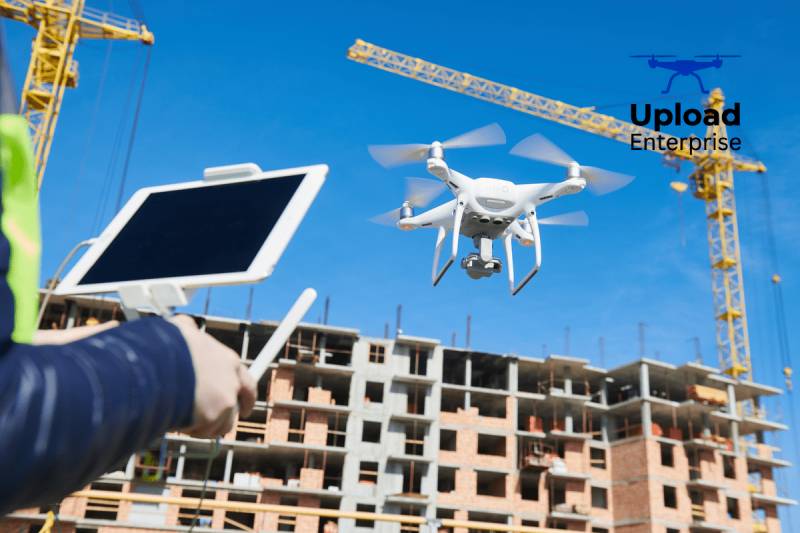
Real Estate
Drone photography has become an important tool in real estate marketing:
- Showing property with the exterior and surrounding areas.
- Highlights the attractive features like pools, large gardens, or scenic views.
- Generate virtual property tours combined with ground-level and aerial footage.
Construction and Surveying
Drones offer valuable insights for construction projects and land surveying:
- The drone monitors construction progress all the time.
- Build precise 3D models of construction sites by using drones.
- You must have to perform land surveys and topographical mapping.
- Inspect unreachable areas of buildings or structures.
Event Coverage
Capture photos to make memorable moments from a special perspective:
- Weddings: Dramatic venue shots and group photos.
- Festivals: Showing their crowd size and event layout.
- Sports events: capturing the action and providing overview shots of the platform.
Environmental Monitoring
Drones play an important role in environmental research and conservation:
- The drones can track wildlife populations and migration patterns.
- It can be monitoring deforestation and habitat changes.
- Evaluate the impact of natural disasters.
- Inspect waterside erosion and marine environments.
Future Trends in Drone Photography

AI and Machine Learning
Artificial Intelligence is set to revolutionize drone photography:
- They can improve obstacle avoidance and autonomous flight.
- The subject is advanced for tracking and framing.
- Using AI-powered images will be enhanced and edited.
- You can also have Automatic flight planning based on desired shots.
Improved Camera Technology
Expect significant advancements in drone camera capabilities:
- we have higher-resolution sensors (8K and beyond).
- Better low-light performance.
- Increased dynamic range.
- Advanced stabilization technologies.
Integration with Virtual and Augmented Reality
Drone photography will play an important role in creating the immersive experiences:
- 360-degree aerial pictures for VR environments.
- Real-time AR overlays during drone flights.
- Interactive virtual tours combining drones and providing ground-level imagery.
Conclusion
With the help of drone photography, we can now create visually amazing photographs and videos from previously unattainable angles. Today the advanced technology can capture potential footage for drone photography in various industries.
In the Upload Enterprise, we’re committed to staying at the forefront of drone technology and techniques that are providing our clients in Sydney with unique aerial photography and videography services. We have professional photographers looking to expand your skillset or a business owner desiring attractive drone imagery for your projects. To understand that drone photography works as the first step toward creating truly remarkable aerial content.
Drone photography can require a combination of technical knowledge, creative vision, and responsible operation. To be master in the techniques outlined in this guide and stay informed about the latest developments in the field, you’ll be well-prepared to take your aerial imagery to new heights.
